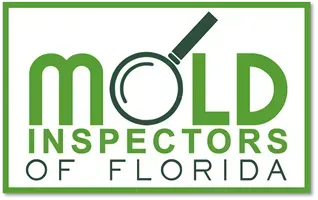What Does Mold Smell Like?

When most people think of mold, they think of the classic musty mildew stench similar to the smell of when wet clothes are left in the laundry too long. Most mold begins growing out of sight in walls or attics, and by the time you see the mold growing, the problem is usually much more significant than you think. Luckily, relying on your vision rather than olfactory senses are a quicker way to detect a fungal contamination in your home. In most cases, your most useful weapon for early mold detection is your sense of smell. However, it is essential to note that not all molds can be identified with the classic “old wet laundry” smell.
The Varying Smells Of Mold
There are thousands of mold species known at this time, varying in textures colors and odors. While the classic pungent mildew smell is among the odor catalog, some molds also release sweet smells, earthy smells, while others can release odors resembling rotting meat. Mold does not always like to be easy to catch; the scents of molds vary not only by species but also vary depending on the cycle of growth and digestion or reproduction at the time. Without knowing the multitude of smells and scenarios of mold odors, most homeowners do not detect mold growth until it has become a visible problem and a much more massive clean-up.
While you may be frustrated at the thought of memorizing thousands of smells and analyzing your home, keep in mind the general rule of thumb for mold odors- The smells are generally classified with the same characteristics: Pungent, musty and moist. Should a smell resemble these characteristics, it’s safe to say an investigation into a potential mold problem is valid. Similar to cheese, which also is a type of fungus with diverse species, Blue Cheese and Cheddar Cheese are not identical types of cheese and smell different. Should someone cut a block of cheese, regardless of the type, we know by the smell characteristics cheese is present.
No Smell, No Sight, No Problem- False.
Many homeowners believe that if they cannot see or smell mold, there is no problem. This method of thinking is false and can cause harm to the resident’s health and as well the home’s structure. When mold is out of sight or smell, it can still be growing, and typically the alerting cause is the health of those within the affected structure. Coughing, sneezing, itchy red eyes, and more can be signs of mold allergens present within the home. If there are no apparent causes for these symptoms, or more severe symptoms occur, consult a physician and call MIOFL for a mold inspection.
Allowing mold to grow when symptoms are present is a dangerous gamble. Within the thousands of species of mold are classifications known as pathogenic and toxigenic. Pathogenic molds are those that may cause simple allergic reactions to those that are allergic to mold allergens or cause no response in those that are tolerable to mold allergens. However, a pathogenic mold can also become a detrimental health problem to infants, the elderly, or those who are immune-compromised. Toxigenic molds are just as the name appears- toxic. These molds released mycotoxins in their spores, a type of toxic chemical that attacks the body. These toxins can cause symptoms similar to those in the allergenic or pathogenic category, or become as dangerous as affecting the neurological system, resulting in seizures, cognitive function distress, and more.
Always take an odd household odor with caution. Investigate and follow the smell if you feel safe, and should you still be concerned, call in a professional for help. At Mold Inspectors Of Florida, our trained staff have the experience and tools needed to investigate deep into your homes’ structure and in your circulating air molecules. Call us today for an appointment and gain peace of mind.


